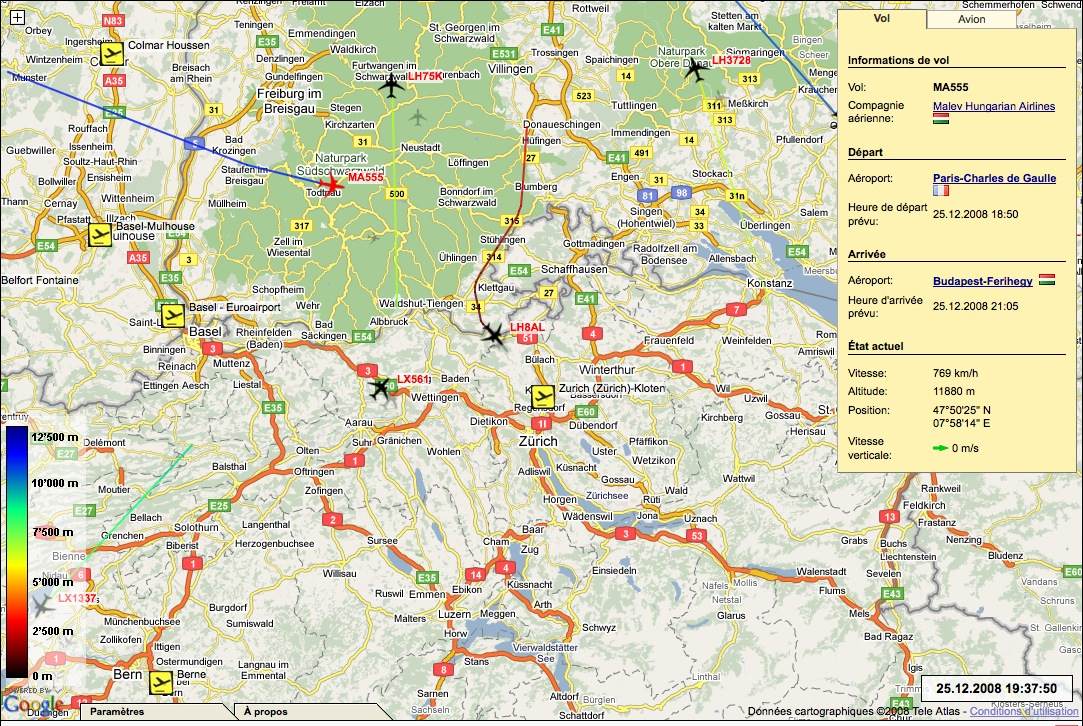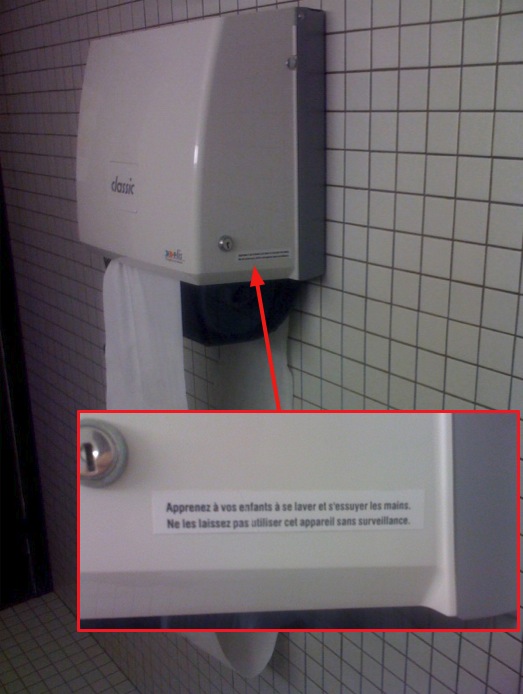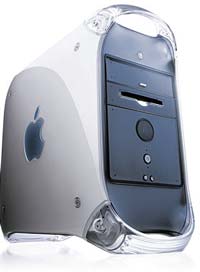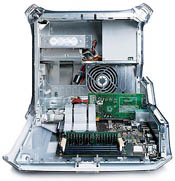As preamble it should be noted that Seagate had the last time huge problem with some of its hard drive firmwares (read more here or here).
Hopefully I have no Seagate hard drive in my MacPro, but I had a doubt wether the drive in my LaCie d2 Quadra is a Seagate or not. The only possibility I had was to open the case and see the label on the hard drive itself. I let you guess what I see on the label. Bingo you named it Seagate.
And this is were it become interesting. As I was aware of the problem I directly went to the Seagate support web site to check if my hard drive (with the product number and the serial number) was concerned. Both the serial and product number check told me that my hard drive was concerned. I then follow the pretty complex guide in order to upgrade the fimrware. After some amount of time the updater says that my firmware cannot be updated.
Of course I take contact with the customer support in order to determine if my drive was affected or not. Here’s their first answer after 4 days:
Dear Jerome Paschoud
Thank you for sending your Seagate E-mail inquiry.
I apologize for the late reply. I am going to refer your e-mail to one of our Team Leads for information on whether this specific drive can be updated or not. They should be in contact with you shortly. Thank you for your patience.
Regards
The short period was of course not so short and after 20 more days I send once againg an email asking for an answer to my problem. Here’s the answer:
Hello Jerome,
You will need to contact the original place of purchase for any support on your specific drive. If further assistance is needed please let us know.
Regards
Conclusion:
- It tooks nearly a month to Seagate support to tell me that they can do nothing for me.
- After nearly a month I still don’t know if my drive is affected or not (that is, I still don’t know if I can use/trust it)
- The promise that they will answer my question is not fulfilled
- I’ll never ever buy anymore a Seagate product.










